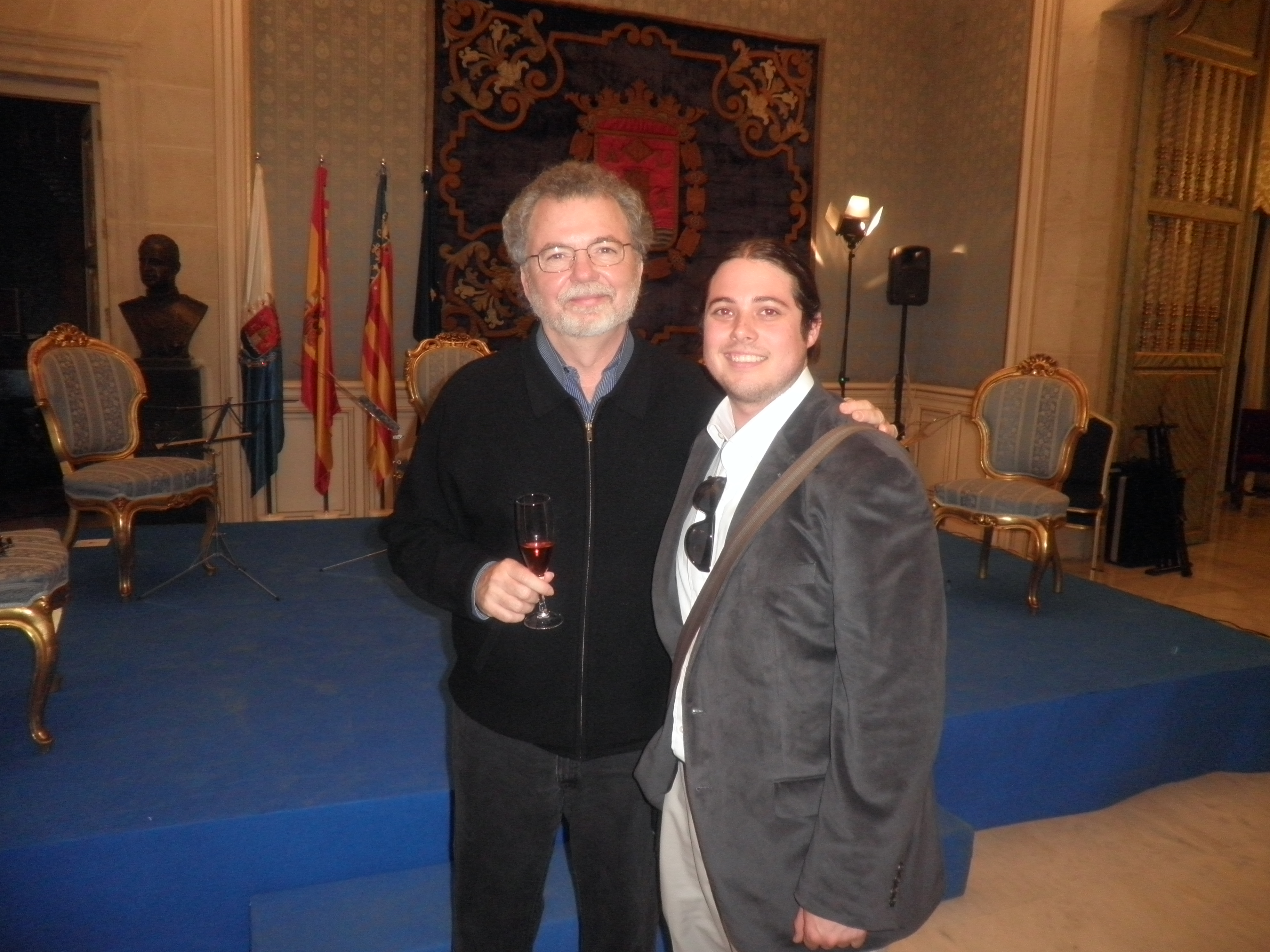A common theme throughout these months here at the Master of Guitar Interpretation of Alicante has been finding ways to sing through the guitar. We enjoyed a fantastic week with Maestro Manuel Barrueco who constantly pushed us to do just that. We are often taught this through the use of vibrato and changes in timbre. Here are some other things to think about when interpreting and getting the guitar to sing:
Technique – It’s always important, but it can also affect our interpretation. For example having the ability to play rest stroke scales can dramatically affect the sound of the piece. Also the more relaxed your hands are while playing, the more expressive they can be. Essentially, the more things we are able to do, the more options we have to successfully play the piece.
Fingerings – Most think of the art of choosing a good fingering as making passages easier or achieving a color. Though both of these things are true and should be utilized for these means, fingerings can make or break phrases. Always choose a fingering that caters to the melody first.
Follow the Directions – As artists, we try to reenact pieces in our voice and style of playing, but at the same time we must try achieve this within the confines of what the composer has asked us to do. Knowing when to interject your own voice sometimes comes from experience, and sometimes it comes from a knowledge of performance practices of the time period.
Actually Sing – Probably the best way to find out how to sing through the guitar is by actually singing the melodies. Note: Don’t worry about the quality of your voice! The purpose of this is to give us a good sense of what the piece should sound like and how to phrase it. Then, when you have an idea of what you want the piece to sound like, find the technique that will properly reenact that sound and phrasing.

